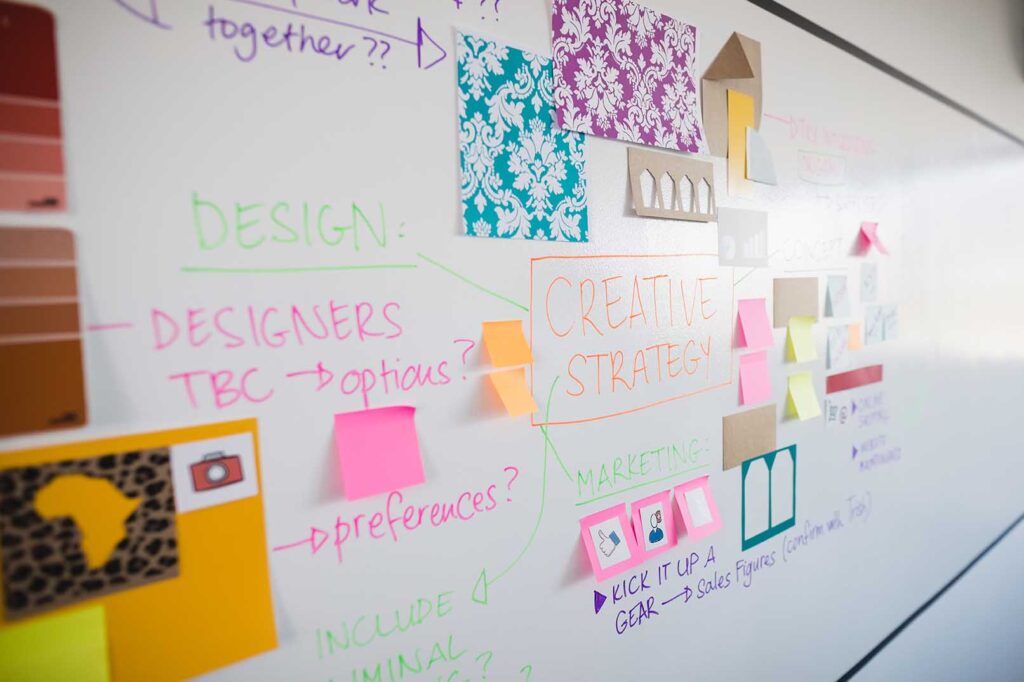Logitech is the world’s leading manufacturer of computer peripherals. They produce roughly six out of every ten mice or keyboards sold worldwide. They spend $730 million a year on design, marketing, packaging, and brand, building trust through consistency, quality, and global recognition.
Mosptnspg also sells keyboards. It has no design system, no recognizable logo, no story, and no investment in brand. Just a jumble of letters, an Amazon Prime badge, and a price that wins the algorithm.
So is Logitech wasting three quarters of a billion dollars a year?
Well, no. But it does raise an important question, maybe the most important question for brand professionals like me. Why should businesses invest money in branding when you can still reach customers without it?
First, a bit of context
You’ve probably seen alphabet soup brands like Mosptnspg popping up more and more often, especially on ecommerce platforms like Amazon. Companies with names like Jajafook, Quatish, and Glozili are out there selling everything from tech to baby clothes, with seemingly zero interest in traditional branding.
This is not random. The sellers of these products intentionally choose these sorts of names. Why?
There are several factors driving the rise of nonsense names:
Brand Name Availability
Unique, unclaimed names are easier to get approved, even if they are nonsense.
Search Over Story
Amazon rewards SEO and pricing, not emotional resonance or narrative.
Disposable Brand Tactics
When a product gets bad reviews or gets flagged, the seller can simply relaunch under a new “brand.”
Cultural and Language Gaps
From a U.S. design lens, it feels like noise. From the seller’s side, it is all about function.
Why this hits a nerve
As a brand identity designer, alphabet soup names like Mosptnspg strike a nerve. I’ve spent my career helping organizations craft brands that are meaningful and intentional. Brands are supposed to hold weight. They are about connecting your product or service with your audience and building trust by consistently delivering on your vision.
That is why these names feel so hollow. Word salad may suffice for sellers trying to make a quick buck, but their products are often poor quality copies of products made and sold by established brands.
And for consumers, it raises real questions:
- Who am I actually buying from?
- Are they building something for the long haul, or just moving units?
- When my Mosptnspg keyboard stops working, who do I call?
- When a friend needs a new mouse, will I recommend or even remember Mosptnspg?
What it means for founders and startups
If you want to be more than a nameless seller of cheap products, do not get tricked into thinking brand is optional. Even in a marketplace full of noise, real branding makes a difference.
Story wins in environments where everyone else is racing to the bottom. Cultivating trust requires that you actually have a brand. When you do, quality and consistency earn you repeat customers and word of mouth promotion.
Alphabet soup brands do make money. The algorithm surfaces their products and people buy them, the cheaper the better. But long term success requires more than a price war. It requires customer satisfaction that translates into loyalty.
Good branding is valuable because craft still matters. People can tell the difference between chasing quick sales and committing to quality and customer experience. Among the glut of gibberish on ecommerce platforms, good branding stands out.
And you do not need a massive budget to build something meaningful. What matters is investing in brand identity that is developed with intention and presented with clarity and consistency. That foundation allows you to compete with noisy neighbors and scale your business as it grows.
Alphabet soup brands will always exist. But real brand building—story, consistency, trust—is what separates short-term sellers from companies that last. I’ve shared a few examples here, but I know you’ve seen plenty more. Join the conversation on LinkedIn and share the strangest brand name you’ve ever spotted on Amazon.


